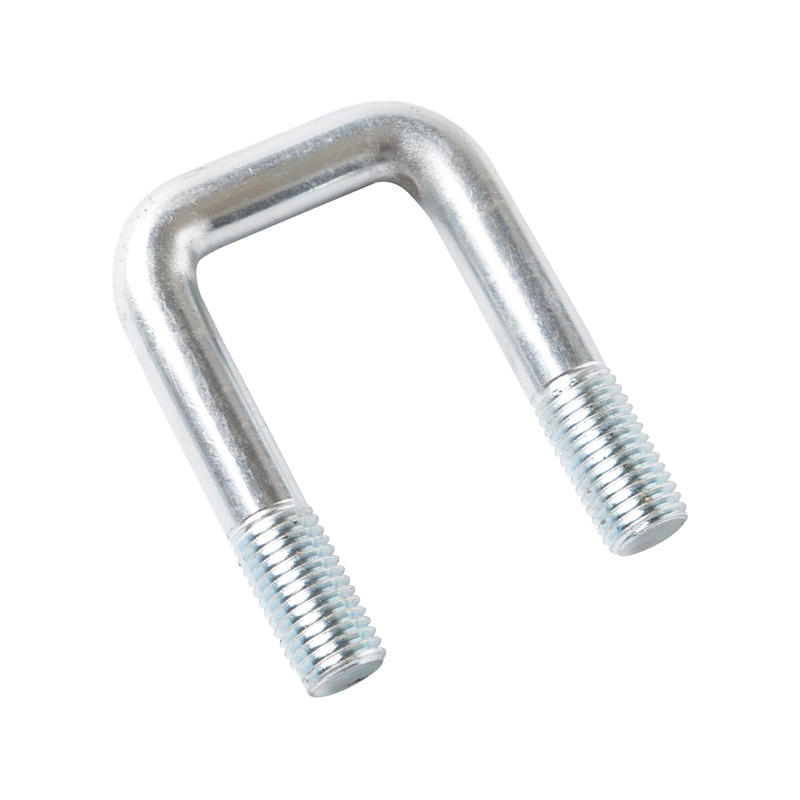How does high strength bolt deal with surface corrosion of coated bolts?
High strength bolt are typically coated to provide protection against surface corrosion. However, over time, these coatings can degrade or become damaged, potentially exposing the underlying metal to corrosion. To deal with surface corrosion of coated bolts and maintain their integrity, several strategies and measures can be implemented:
Select Corrosion-Resistant Coatings:
When specifying high-strength bolts, choose coatings that are known for their corrosion resistance. Common corrosion-resistant coatings include zinc plating, hot-dip galvanizing, and various types of organic coatings.
Regular Inspection and Maintenance:
Implement a routine inspection and maintenance program to monitor the condition of the bolt coatings. Regularly inspect the bolts for signs of corrosion, coating damage, or degradation.
Develop a schedule for cleaning and maintenance activities. Cleaning may involve removing dirt, debris, and contaminants from the bolt's surface.
Protective Coating Repair:
When minor damage or localized corrosion is detected, consider spot repair or reapplication of the protective coating. This can help prevent further deterioration.
Follow the manufacturer's recommendations for repairing or reapplying the specific coating used on the bolts.


Replace Coated Bolts When Necessary:
If corrosion has significantly compromised the integrity of the bolt's coating or the underlying metal, replace the affected bolts with new ones. Ensure that replacement bolts have the same corrosion-resistant coating.
Use Corrosion-Resistant Materials:
Consider using high-strength bolts made from materials that are inherently corrosion-resistant, such as stainless steel or weathering steel. These materials are less susceptible to corrosion and may require less maintenance.
Cathodic Protection:
In environments where corrosion is a significant concern, such as marine or offshore applications, consider implementing cathodic protection systems. These systems can help mitigate corrosion by directing it away from the bolts and toward sacrificial anodes.
Environmental Controls:
Implement environmental controls or measures to reduce exposure to corrosive agents. This may include shielding the bolted connections from harsh weather conditions, chemicals, or corrosive substances.
Regular Lubrication and Surface Treatments:
Depending on the application, use lubricants or surface treatments that provide an additional layer of protection against corrosion. These treatments can help maintain the integrity of the coating.
Consider Environmental Factors:
Account for environmental factors such as humidity levels, temperature fluctuations, and exposure to saltwater or chemicals when designing bolted connections. These factors can influence the rate of corrosion.
PREV:How to improve the durability of high strength bolts?
NEXT:How does high strength bolt cope with the degradation of non-metallic components?
NEXT:How does high strength bolt cope with the degradation of non-metallic components?
Related Products
-
 View More
View More
Non-standard punched J bolts
-
 View More
View More
common U bolts
-
 View More
View More
Grade 8.8. Hot dip galvanized steering bracket fastener for photovoltaic panels
-
 View More
View More
American fine tooth 12-20 with nylon lock nut blue and white zinc
-
 View More
View More
Class 10.9 Surface treatment, Phosphating, non-standard custom U bolts
-
 View More
View More
M20 thick U bolts hot dip galvanized
-
 View More
View More
thickness 12-20 grade 6.8. Surface treatment yellow zinc U bolts For truck fittings
-
 View More
View More
Surface finish electrophoretic paint. Rank 8.8 red punch in the middle. Non-standard custom high strength U bolts
-
 View More
View More
Galvanized U-shape Bolts for trucks, Construction and installation
-
 View More
View More
Stamping accessories
-
 View More
View More
Short tooth stick Carbon SS304 8.8 zinc plating Threaded Rods
-
 View More
View More
Non-standard customized parts


 English
English 中文简体
中文简体
